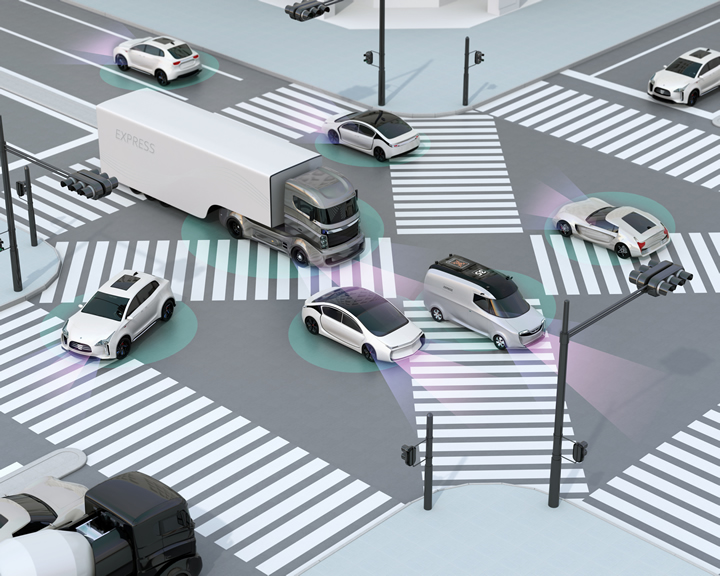Can Self-Driving Trucks Reduce Costs and Increase Productivity in Agriculture?

Self-driving big rigs could deliver fertilizer to farms and transport crops to processing plants in record time. Without having to stop for bathroom breaks, naps or a chance to stretch, autonomous semi-trucks will surely play a role in the future of agriculture regarding shipping. These vehicles are still a tailpipe dream, but how might they affect farming someday?
The Current State of Self-Driving Trucks
At a time when driver shortages are crippling the already stretched-thin trucking industry, it’s no wonder automakers are intrigued by the idea of self-driving semis. The global supply chain is struggling to keep up with consumer and business demand for goods. As the world population grows, the onus is on the farming and shipping sectors to produce and deliver more food than ever.
Although a few companies have tested self-driving trucks — or even rolled them out in a limited capacity for short-range hauls — the current consensus is that it will be years before the rubber really hits the pavement. Self-driving trucks face numerous hurdles, from navigating in bad weather to stopping quickly when an obstacle arises.
Several key players in the self-driving 18-wheeler market have already hit the brakes on their projects. Embark Trucks has laid off most of its employees. Waymo has turned its attention to robo-taxis and delayed its driverless big rig debut. Aurora Innovation lost $1.7 billion in 2022, and it will likely need to recoup those funds to go through with its promised 2024 rollout of driverless trucks.
Still, with driverless technology in its infancy, no one really knows which route it will take. Here’s how it could affect the agriculture industry.
Improving Productivity
Because self-driving trucks would, theoretically, operate around the clock, they would minimize downtime and improve productivity. For health and safety reasons, U.S. law stipulates that truck drivers must take a half-hour break after eight hours of driving.
Self-driving trucks could skirt those regulations. They could also use advanced algorithms and real-time data to drive the most efficient routes, avoiding traffic congestion and roadblocks.
This increased efficiency would benefit time-sensitive agricultural operations like transporting livestock, perishable crops, or delicate plant seedlings that need water and light. Farmers could ensure their products reach the market or processing facility on time, reducing food waste that would otherwise eat into profit margins.
Reducing Costs
One of the biggest expenses in shipping is driver salaries. The cost could fall considerably without human operators behind the wheel, making it cheaper for farmers to transport their goods.
Additionally, self-driving trucks could have enhanced fuel efficiency. They could operate with precision and optimize braking, acceleration and speed to reduce their overall diesel — or electricity — consumption, saving shipping companies money on fuel.
These savings in the shipping department could translate to lower food costs for consumers. With the world population projected to reach 8.55 billion by 2030, making food more affordable will be paramount.
Lessening Agriculture’s Impact
Shipping food worldwide has vastly improved people’s quality of life in many ways. However, it also contributes to climate change and air pollution. Self-driving vehicles can optimize their routes and spend less time idling, reducing the environmental impact of modern agriculture. Additionally, electric self-driving semis would be a vast improvement over diesel trucks.
The Gears Are Turning
The conversation about self-driving trucks is picking up speed even as the industry shows little signs of progress. Many investors and startups are banking on the technology because it would vastly improve productivity, reduce costs and lessen the environmental impact of many sectors, including agriculture.
Self-driving big rigs seem perpetually five to 10 years away. However, for farmers looking to reduce shipping costs and ensure the safe delivery of perishable goods, it’s time to get the show on the road. This groundbreaking technology can’t come soon enough.
Comments (0)
This post does not have any comments. Be the first to leave a comment below.
Featured Product

